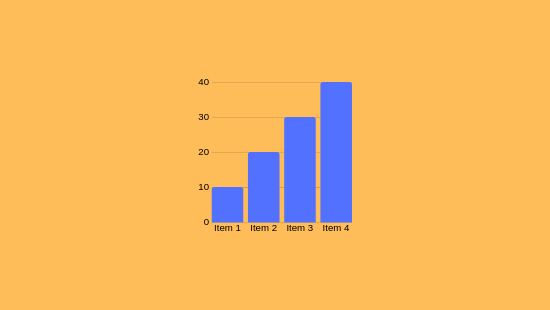
As you delve into forex measurements, you'll discover they're mathematical tools that scrutinize market numbers to predict market behaviors. These indicators assist in identifying market patterns, validating signals, and uncovering overbought or oversold scenarios. For instance, the Relative Strength Index (RSI) tracks market force, while Bollinger Bands measure variability. Enhancing your trade techniques by integrating these metrics is crucial, especially if you aim to manage risk effectively.
Understanding Forex Indicators
Forex measurement tools are mathematical aids embedded in graphs to assist traders in analyzing market trends and making informed decisions. They provide perspectives into price changes and potential trading opportunities by examining past and present market figures.
Forex indicators are divided into four primary groups: trend indicators (e.g., Moving Averages), momentum indicators (e.g., Relative Strength Index), volatility indicators (e.g., Bollinger Bands), and volume indicators.
These instruments can signal reversals, validate ongoing patterns, or highlight overbought/oversold climates. If you're looking to enhance your methodologies, grasping their roles is fundamental.
Types of Forex Indicators
When assessing market trends, traders often deploy a selection of measures to aid in decision-making.
Forex indicators can be grouped into different types, each serving specific purposes.
Trend Indicators like Moving Averages (MA) and Bollinger Bands assist in detecting trends and potential breakouts.
Momentum Indicators, including the Moving Average Convergence/Divergence (MACD) and Relative Strength Index (RSI), identify momentum changes and indicate excessive buying/selling.
Volatility Indicators like the Average True Range (ATR) measure fluctuations, assisting investors in establishing protective measures.
If used strategically, these indicators can boost trading proficiency.
Key Indicators for Trading Decisions
To effectively make trading decisions, grasping and utilizing key measures that evaluate market states is essential.
Moving Averages display average prices over determined timeframes, unveiling tendencies by smoothing fluctuations.
The RSI gauges market force on a 0–100 scale, flagging overbought conditions above 70 and signaling oversold scenarios below 30.
MACD compares two exponential moving averages to validate directional trends, with histograms illustrating bullish or bearish phases.
Bollinger Bands apply standard deviations around a moving average to assess fluctuation and potential reversals.
Fibonacci Retracement levels denote price thresholds based on prior price movements.
Combining these measures boosts accuracy by verifying signals if congruent, enabling exact timing for currency pairs.
Employing Indicators in Risk Oversight
As you fine-tune investment methods, effectively applying indicators for risk management is crucial. Indicators like Moving Averages and Bollinger Bands notice volatility and spot viable trade junctures for risk minimization.
These tools allow for exact stop-loss orders and limit orders, critical for modulating potential losses.
For instance, applying stop-loss orders restricts your loss to a certain limit, such as 2% of your trading portfolio per trade. This measured strategy aids in managing forex risks by curtailing exposure to fluctuations and leverage, which are significant challenges in currency trading.
Combining Indicators for Enhanced Accuracy
Combining indicators is a sophisticated strategy for elevating accuracy in forex trading. This method enables for the leveraging of multiple tools to examine several facets of market behavior, such as trends, momentum, and get more info variability.
By utilizing indicators like Price Averages, RSI, and MACD, you can craft formidable trading strategies. For example, pairing Moving Averages with RSI and Volume validates trend direction and momentum, while Bollinger Bands with Stochastic discovers volatile scenarios and possible reversals.
If indicators from separate categories align, duplications are reduced, and investment prompts are intensified.
Final Thoughts
You've understood how forex indicators operate, encompassing their diversities like trend, momentum, and volatility tools. These elements aid in uncovering pivots and confirming trend continuity. Through combining tools, trading precision is enhanced, and risk oversight is conducted more adeptly. As an example, using the Relative Strength Index (RSI) to highlight buying peaks and Bollinger Bands to evaluate volatility can refine your trade choices.